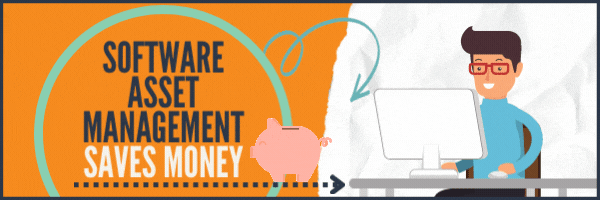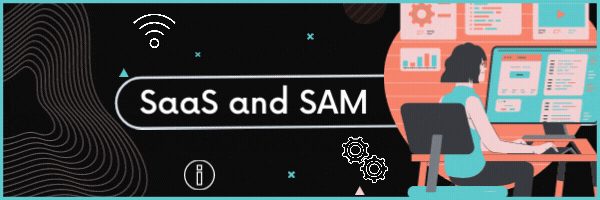By Jeffrey Tefertiller

Hello, this is Jeffrey Tefertiller, I want to take just a moment to talk about Software Asset Management. Some people call it SAM, for short. Software Asset Management is growing in prominence as well as importance throughout many organizations. The function is used, and frankly needed to control risk and cost.
For example, on cost, many studies have shown that a good SAM program can save an organization up to 30% of its software spend. That is a huge, huge savings that requires investment.
What makes SAM more difficult, is that technology is everywhere in an organization. Think about how many types of software your organization has now and trying to control the usage versus the entitlements that you own. Entitlements is just a big word for what licenses do have you paid for that you can use. So, SAM is always looking to strike that balance of paying for what you use and use what you’re paying for. That’s difficult in these large organizations. And software publishers want to keep it that way.
There are audits that go on that make it difficult for software asset managers. These audits try to see if a company is over deployed in a certain publisher. The results of these audits is usually pretty interesting to me, because the software publishers, want you to overpay. Yes, that is what happens. But, they also use the results of that audit, as incentives to push you towards a certain type of products skews, if you will. And as been a trend, in the last five years is the push towards software as a service SaaS).
Let me give you an example. When Microsoft comes in, they do an audit, usually through a third party. They say you owe hundreds and 1000s of dollars. And they say well, you can pay this or will discount it if you promise and sign right here to move these workloads that you now have on premise to our cloud version. It’s real prominent with Microsoft Office moving to 365. They incentivize it through pressure and organizations must be wary that this happens. They must understand their entitlements versus their deployments.
I want to close with some numbers and statistics from Gartner that I find interesting. Gartner has traditional on premise spend, staying pretty flat with nominal one or 2% growth throughout the year 2025. That growth is probably just growth in business not growth in that area. If you compare it to the cloud, cloud is going up 10 to 20% every year. So, think about that, that line that’s going up at almost 20 degrees on a chart. And so, when you think about this cloud spend going through the roof, it comes back to Software Asset Management, and how do we manage the software publishers and that leaks over to how we do cloud asset management. And the topic is a big one, because organizations can spend millions and millions of dollars on software.
In fact, the average employee has well over $10,000 of software spent on them every year. In some companies that’s close to 50,000, Now do the math in your company. That is a lot of money spent and that’s why investing in a good SAM program can help save.
To learn more about SAM, Click Here.



